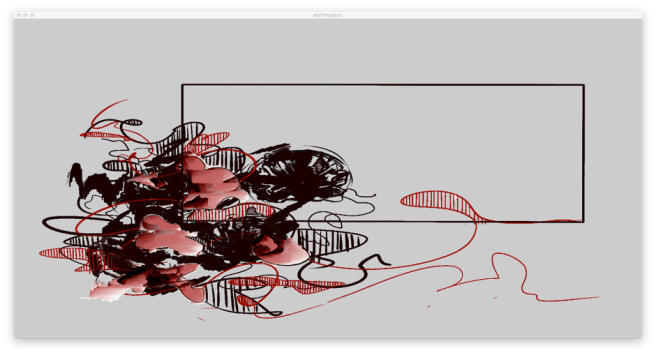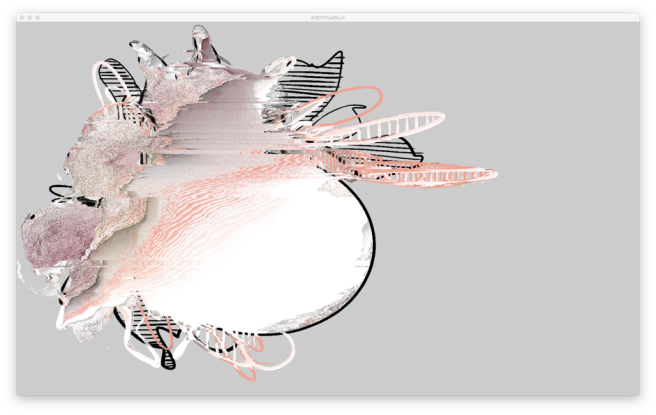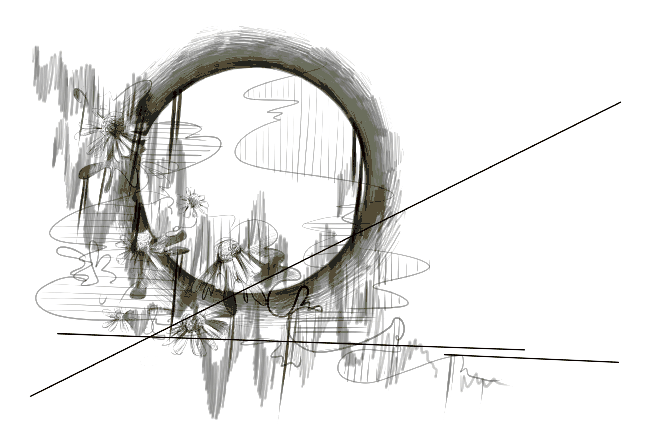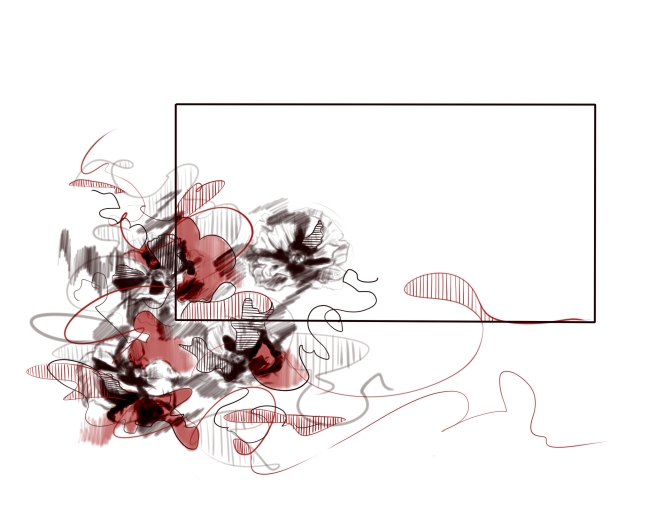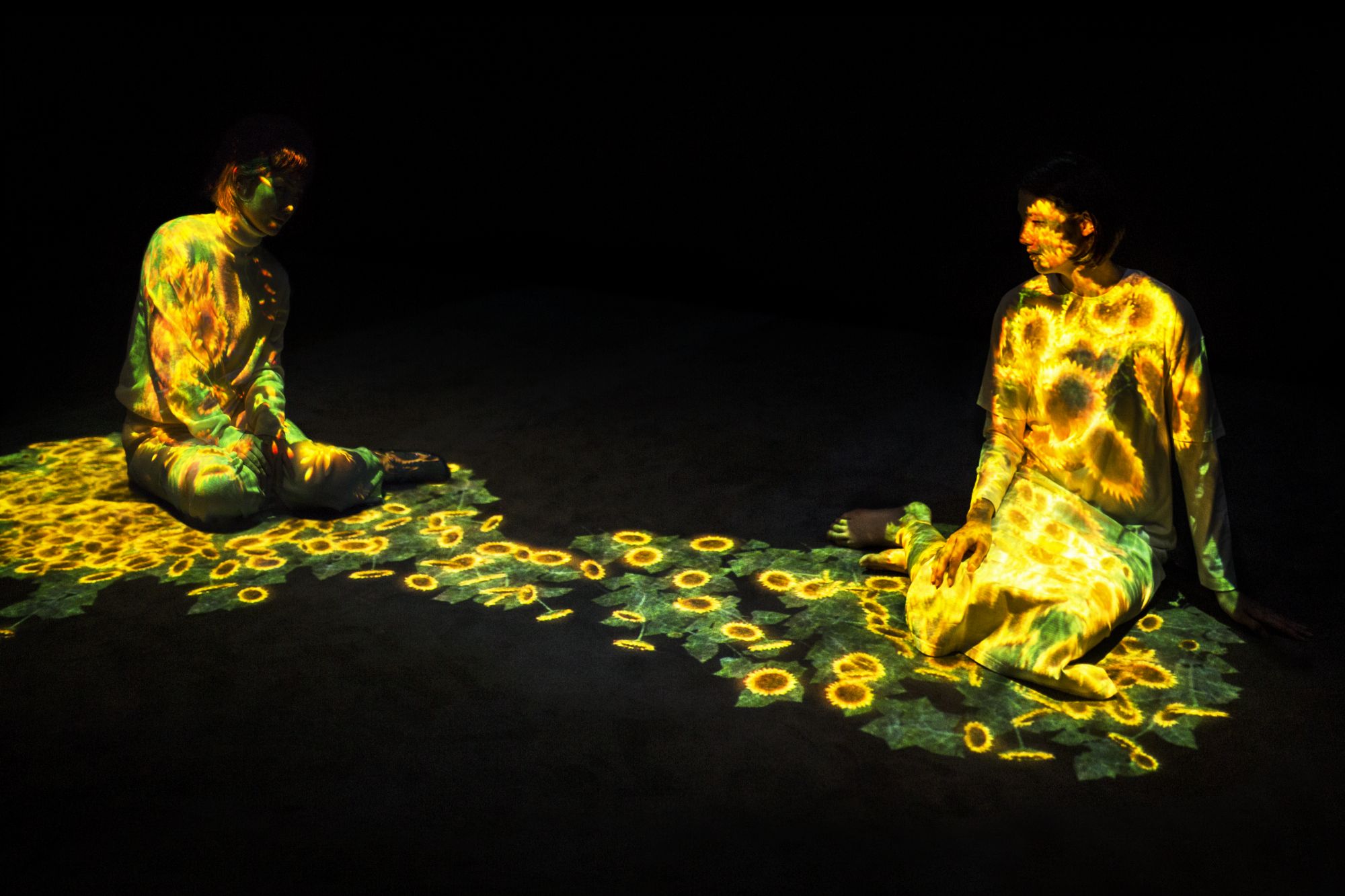Online/digital
- On screens
- As projections
- As posts/uploaded
- Multiples somehow
Physical
- Printed scanned and photographed copies
I am not sure how to present but would like to present or which pieces, I would like to use at least 3 images/gifs (I am leaning towards the gifs.) I am considering multiples of one image to comment on how the internet works by copying.
Artist Statement/Essay WIP
Outline
Fairly recently I had some sticker deigns that I had uploaded online a year or so ago stolen, printed and sold at an overseas school fair. I came to know of this through a commissioning client who mentioned having seen my designs from her classmate who was selling them as stickers. She had then followed the watermark I had on each of the seven designs to contact me.
I often post art online using various social media accounts so that I can share my work to others with similar interests. I also find actively being part of the online art community fulfilling and worthwhile. Though I do ask for my work to not be reposted or used in any way without permission, there have been several times I or someone else has seen my work somewhere it should not be. This also goes for many other creators who post their work online.
My work for this subject is a comment on how the internet makes art both accessible and exposed. How it makes work vulnerable to being altered, claimed or otherwise wrongly used. Sometimes without the creator noticing for at least some time. My work expresses the internet’s corruption to art—in originality or singleness, its true meaning compared to viewers’ differing interpretations, and the skewing of the artist’s rights.
Theory
The internet has unarguably made art sharing and viewing easy and convenient. One piece of art can now be viewed all around the world by separate individuals all at once while the original stays framed up in a gallery or in the corner of a studio never to see the light of day. This effortlessness is both fascinating and rather terrifying since the artist may not know what is happening to their art on the other side of the world or on a different screen. A digital reproduction of an artwork cannot be interpreted the same as the original and vice versa.[1]
With such a great number of people viewing an artwork at any one time there will be various fluctuating opinions and interpretations, some of which may not be the artist’s intentions.[2] This ease of access also allows viewers without a visual art background to publish their thoughts and influence other’s way of viewing and analysing the work.[3]
The artist’s inability to monitor all the copies of their work also makes it easier for others to infringe copyright and moral rights without their knowledge. Copyright refers to the artist’s exclusive rights of reproduction, publication or communication of work to be sold or licensed and moral rights is the right to be credited as the creator and prevents works from being altered without permission.[4] The internet makes artworks, the artist and their rights more vulnerable and probable of infringement.
Terrifyingly enough, ‘the internet works by copying.[5]’ That is, an electronic copy of an artwork is posted online to be accessible on the web, that copy is then saved or copied into every viewer’s computer’s random access memory (RAM) and may additionally be downloaded. [6]
**may exclude depending on how I end up presenting the art.
[1] T T Lu, Interpreting Art Digitally: The Evaluation of Digital Interpretation of Art in Museums, UMI Dissertation Publishing, New York, 2012, http://search.proquest.com.access.library.unisa.edu.au/docview/1511033989/37C7293DD7CB42F9PQ/5?accountid=14649, p.11, accessed 16 May 2017.
[2] C P Klayman, Making Art Work: a Pragmaticistic Interpretation of Art, Pennsylvania State University, Pennsylvania, 2002, http://search.proquest.com.access.library.unisa.edu.au/docview/1830771851/37C7293DD7CB42F9PQ/2?accountid=14649, accessed 16 May 2017.
[3] D Waxter, Looking at Art: Is the Internet Producing a better Product? 2015, http://search.informit.com.au.access.library.unisa.edu.au/fullText;dn=438773337603825;res=IELAPA, accessed 16 May 2017.
[4] NAVA, Code of Practice: Chapter 8, p.3, https://visualarts.net.au/code-of-practice/, accessed 13 May 2017.
[5] P Goldenstein, International Copyright Principles, Law and Practice, Oxford University Press, New York, 2001, http://site.ebrary.com.access.library.unisa.edu.au/lib/unisaau/reader.action?docID=10084735, accessed 6 May 2017.
[6] P Goldenstein, International Copyright Principles, Law and Practice.




